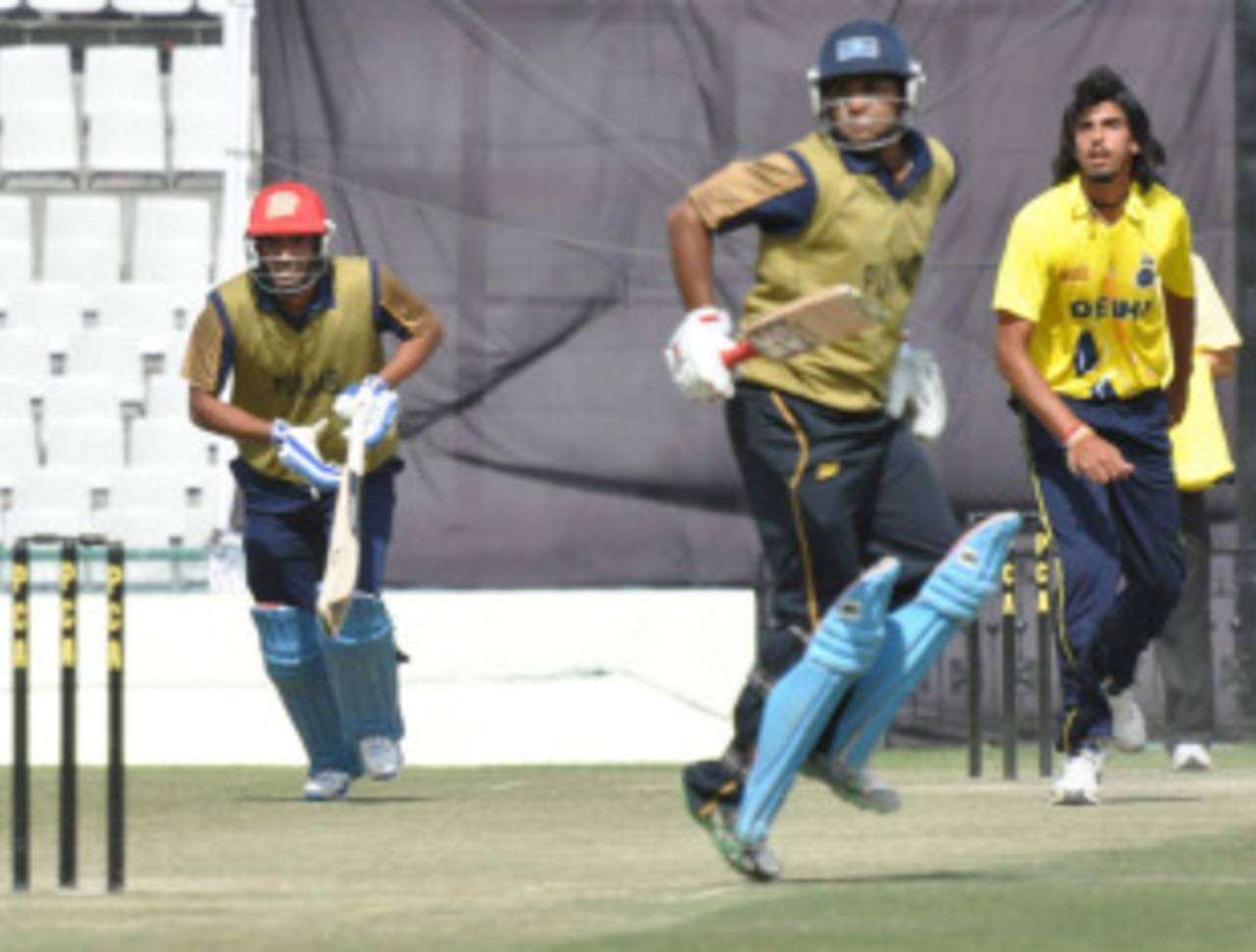The BCCI did well for Indian domestic cricket when it decided to scrap the redundant Ranji format of teams from a particular zone playing among themselves, before the top two could proceed to the knockouts. While the system had been in place for long, it wasn't doing any good to improve either the standard of cricket or the quality of cricketers. In fact, since it's almost a given that a couple of teams in each Zone would be mediocre, the players from stronger teams often walked away with inflated figures, which of course wasn't a true reflection of their actual skill. Some of these performances, at times, went a long way in getting a nod for Duleep Trophy. After all, it's the number of runs and the wickets that count, however lopsided the contest may have been.
Even the quality of surfaces provided in certain Zones was not conducive to producing good cricketers. What does a batsman learn about playing the horizontal bat shots if the ball doesn't bounce above the knee-height regardless of the length? Or how do you possibly learn to tackle pace when you play on surfaces where, perhaps you can lean back and enjoy a cup of coffee, before the ball actually reaches the bat? If not the quality of the opposition, such surfaces are bound to make you an ordinary cricketer. Also, by restricting the games only to the Zone, you end up becoming a one-dimensional cricketer. For the longest time, the players from the North were better equipped in tackling the swing, while the men from South could only master playing spin.
And hence, the format was changed to Elite and Plate in which good teams played against each other on home and away basis. Now, you could learn to play the moving ball in Delhi's winter and also tackle the turner in Chennai in the same season.
If just a couple of changes in a format could reap exceptional results for domestic four-day matches, then why the delay in implementing them in the shorter formats? At the moment, domestic Twenty20s and fifty-over matches are being played within the Zone and the top two teams qualify for the knockouts. Obviously then, the lapses of the old format are still plaguing the development of these shorter games. The first round of domestic one-day matches gets over in 7-9 days, which is as gruelling as it can get. At times you play on two consecutive days, like we did here in Kanpur. Or you could be playing on alternate days, as it's done in the North, but the rest day is consumed by travelling from Chandigarh to Patiala.
When the Elite-Plate format has worked well for us, why the fixation with matches between teams within the Zone? It seems that while we have successfully adopted one format, we are still afraid of letting go of the other one. If we want to continuously evolve as a cricketing nation, we must keep evolving at all levels. If shelving a few tournaments or formats is the way forward, then so be it.
